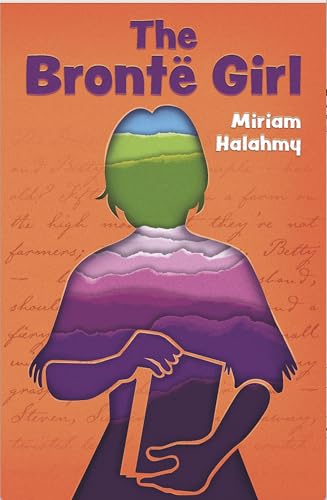The Bronte Girl
Haworth, Yorkshire, 1846, and Kate Roper grieves for the loss of her mother and brothers. Without her mother, it falls to fifteen-year-old Kate to run the household. And as her father drowns his sorrows in drink, it also falls to Kate to earn money to house and feed her father and sister. Hence, she takes work at Haworth parsonage: the heavy labour of the weekly laundry.
It’s a slightly slow start as we are introduced to the desperation of the working poor of a mill town. Kate faces cold, hunger, the stink of living in a ginnel running with the midden, where she must draw water for laundry, cooking and washing. Always, she is haunted by the spectres of hunger, disease, and the workhouse. But Kate is determined. She wants more than survival alone. Kate wants to write stories. And in the parsonage, she finds a fellow spirit, and mentor, in Charlotte Brontë.
For adults aware of the Brontës’ lives, the story is a little predictable. But for the target audience of young people, the story brings home common issues of the Victorian era. Kate lives the insanitary and precarious life of the working poor. She attracts the attention of a handsome young man with prospects. But would marriage simply offer a different kind of domestic servitude in a misogynistic world?
As Kate struggles with her problems, she observes three women who overcame their own obstacles to become some of the most famous authors of the era: the Brontë sisters. Like the Brontës, Kate is driven to write. Can she publish her story, be paid, and achieve independence?
Suitable for book-loving teens and tweenies interested in Victorian life.










